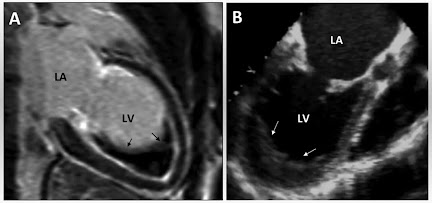ATROPHY
Definition –
Reduction of the number and size of parenchymal cells of a normal organ or its
parts called atrophy.
HYPOPLASIA – Incomplete
developments of a tissue or organ.
APLASIA –
Defective development or congenital absence of a tissue or organ.
Causes – It
may be physiological or pathological…
PHYSIOLOGICAL
ATROPHY –
- Atrophy of lymphoid tissue with age.
- Atrophy of thymus in adult life.
- Atrophy of gonads after menopause.
- Atrophy of brain with ageing.
- Osteoporosis with reduction in size of bony trabeculae due to ageing.
PATHOLOGICAL
ATROPHY –
- Starvation atrophy – This type of atrophy is due to lack of food and using stored food. It is seen in cancer and severely ill patients.
- Ischaemic atrophy – Gradual diminution of blood supply due to atherosclerosis may result in shrinkage of the affected organ e.g. small atrophic kidney and atrophy of the brain due to atherosclerosis.
- Disuse atrophy – Prolonged diminished functional activity may cause atrophy e.g. wasting of muscles of limb immobilized in cast and atrophy of the pancreas in obstruction of pancreatic duct.
- Neuropathic atrophy – Interruption in nerve supply leads to wasting of muscles e.g. poliomyelitis, motor neuron disease, nerve section.
- Endocrine atrophy – Loss of endocrine regulatory mechanism results in related tissue atrophy e.g. hypopituitarism may lead to atrophy of thyroid, adrenal and gonads. Hypothyroidism may cause atrophy of skin and its adnexal structures.
- Pressure atrophy – Prolonged pressure from benign tumours or cyst or aneurysm may cause compression and atrophy of the tissue e.g. erosion of the spine by tumour in nerve root, erosion of the skull by meningioma, erosion of the sternum by aneurysm of arch of aorta.
- Idiopathic atrophy – Atrophy without known cause e.g. myopathies, testicular atrophy.
 |
| Adaptive disorders of growth |
MORPHOLOGICAL FEATURES – Affected organ is small due cell size decrease,
often shrunken due to reduction in cell organelles chiefly mitochondria, myofilaments
and endoplasmic reticulum. There is increase number of autophagic vacuoles containing
cell debris, these vacuoles may persists to form ‘residual bodies’ in the cell cytoplasm
e.g. lipofuscin pigment granules in brown atrophy.
Similar Posts -






No comments:
Post a Comment
Please do not enter any spam link in the comment box